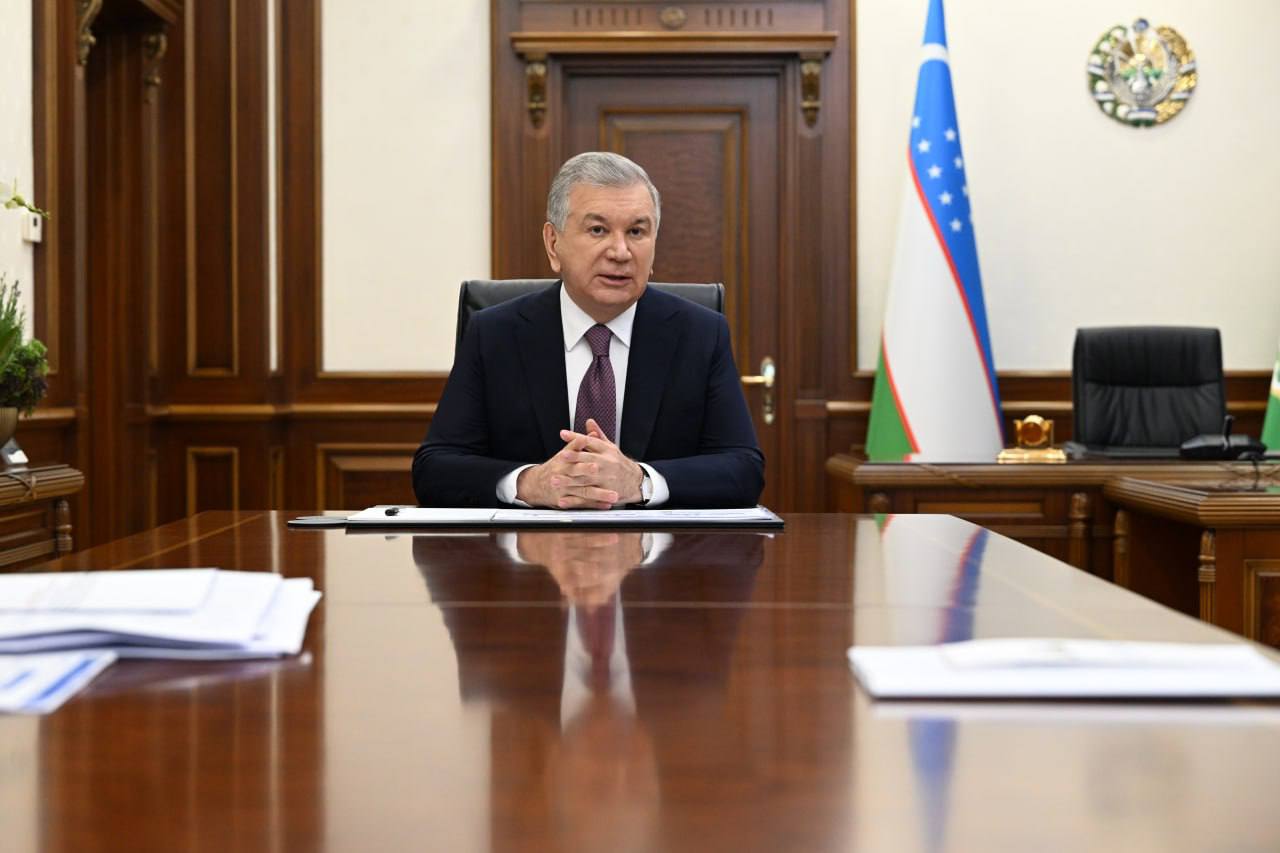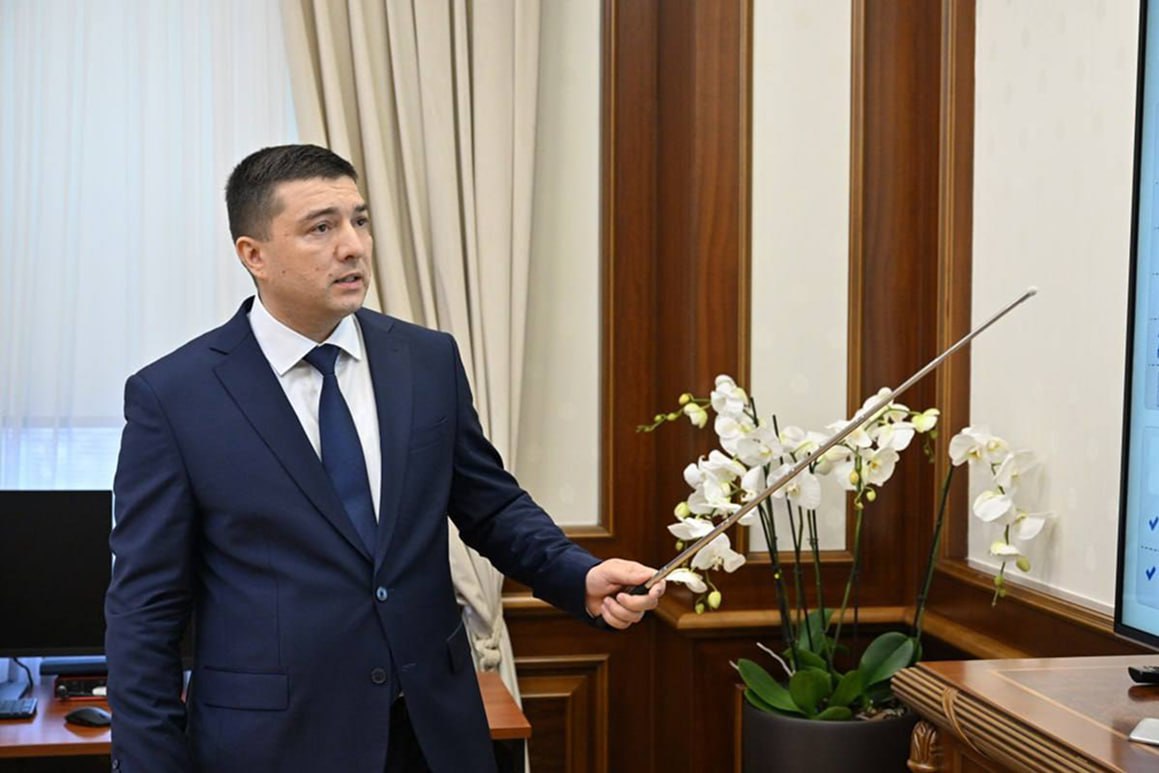Program for Water Resources Management and Irrigation Sector Development was approved
12.08.2025

On August 12, 2025 President Shavkat Mirziyoyev reviewed a presentation of proposals on water resources management and the development of the irrigation sector.
Given the water shortage in our region, careful and rational use of water is a highly pressing issue. In Uzbekistan, constant attention is paid to this: irrigation networks are being repaired, and water-saving technologies are being introduced.
In particular, from 2020 to 2024, 60 trillion soums of budget funds and $622 million in foreign investment were allocated for these purposes. While in 2020, areas using water-saving technologies made up only 4 percent of total irrigated land, by 2025 this figure is expected to reach 50 percent.
Continuing these efforts, a program for water resources management and irrigation sector development for 2025–2028 has been developed.
During the presentation, responsible officials reported on the measures envisaged in the program.
The program places priority attention on the rational use of water resources. Plans include the reconstruction of 2,551 kilometers of irrigation networks. Replacing outdated pumping station equipment with more energy-efficient models will reduce their annual electricity consumption from 6.8 to 6.2 billion kilowatt-hours.
Soil condition is an important factor in water consumption. Measures are planned to reduce the area with low water availability from 424,000 to 276,000 hectares, as well as to improve land with high salinity and shallow groundwater levels. As a result, 460,000 hectares of land will be returned to agricultural use.
Water-saving technologies will be introduced on 1.4 million hectares, including drip irrigation on 293,000 hectares. Control and measurement equipment will be modernized at 20 large facilities.
To minimize human involvement in water accounting, modern monitoring systems will be installed at 12,000 reclamation wells and 1,750 pumps. Twelve large hydraulic structures will be switched to automated management using digital technologies.
As a result of the program, the share of concrete-lined canals will increase from the current 39 to 47 percent, the quality of irrigation networks will improve, and water losses will decrease. It is expected that savings will amount to 10 billion cubic meters of water this year, and up to 14 billion cubic meters by 2028.
The head of state approved these proposals and adopted the Program for Water Resources Management and Irrigation Sector Development in the Republic of Uzbekistan for 2025–2028.
The presentation also included information on increasing efficiency and digitalization in the sector, as well as expanding private sector participation.
Currently, automation has begun for 18,755 hydroposts in regions, districts, and farms. The next stage will be equipping water distribution points in the fields.
Special attention was paid to digitalizing the water management system. It was instructed to integrate 11 sectoral programs into a single platform, create an IT center and a situation center, and widely use the capabilities of “Uzbekcosmos.”
A task was set to equip 5,200 pumps with electricity and water meters, and to transition large pumps to renewable energy sources. The collected data will be accumulated on a digital platform, where the economic efficiency of water use will be analyzed.
Currently, 2,612 water facilities have been transferred to private management; large pumping installations will now also be offered to the private sector with attractive conditions for investors.
Last year, 159 state water supply service institutions were established based on district irrigation departments. To improve their operations, they are to be given the right to independently allocate their own funds.
Since the quality of services and efficiency in the sector largely depend on the qualifications of specialists, a training center for 200 people will be established to improve the skills of employees.
The President instructed that the regulatory framework in the sector be improved, water use efficiency be increased, and a culture of careful water consumption be strengthened in society.





